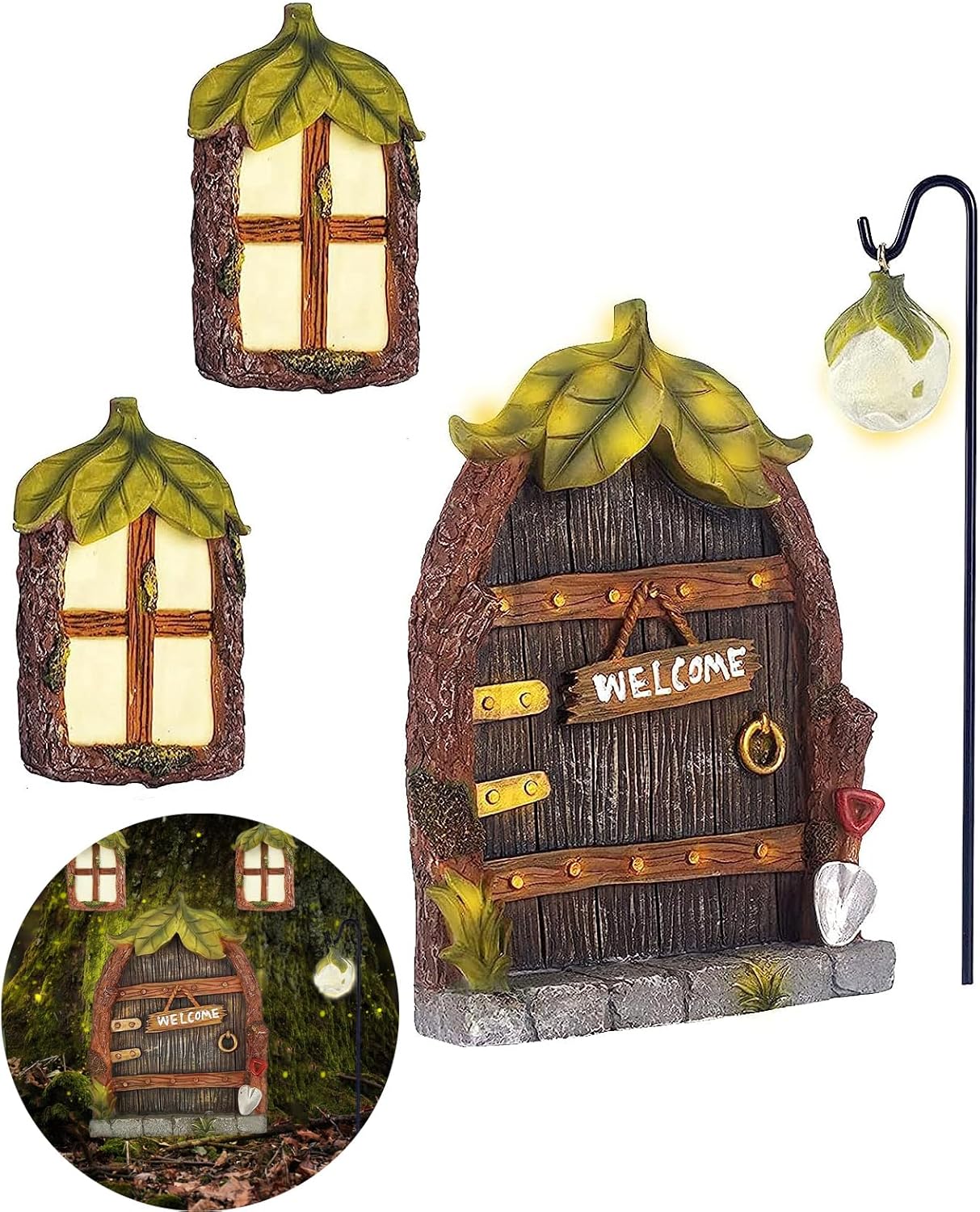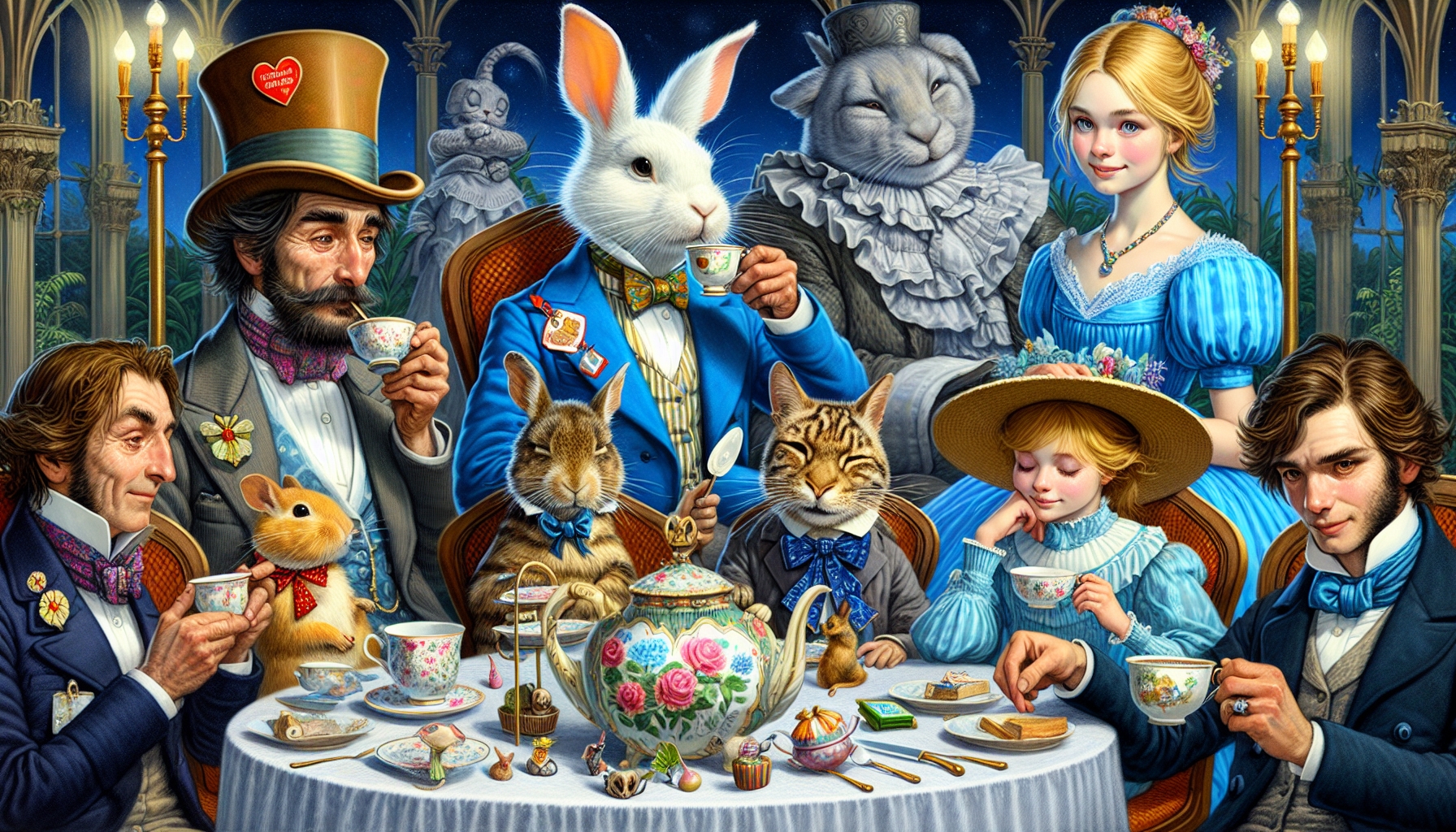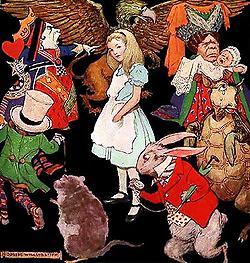- Home
- Fairy Blog
- Fairy Cakes
- Fairy Quotes
- Safety Dance
- What is a Fairy?
- Are Fairies Real?
- Faeries
- What are the Fae?
- Fairy History
- Origin of Fairies
- Fairies in Folklore
- Pixies
- Pixie Fairy Differences
- Gothic Fairies
- Tooth Fairy
- Fairy Festivals
- Fairy Gardens
- Fairy Garden Accessories
- Fairy Forests
- Fairy Poems
- Fairy Tales
- Fairy Tale Origins
- Classic Fairy Tales
- 24 Fairy Tales
- About Fantasy Creatures
- Dragons
- Dwarves
- Elves
- Gnomes
- Leprechauns
- Mermaids
- Unicorns
- Free Fairy Art
- Fairy Coloring Pages
- Chinese Dragon Art
- How to Draw a Dragon
- Chinese Dragon Drawing
- Dragon Coloring Pages
- Fairy Tattoo Ideas
- About Us
- Contact Us
- Disclaimer
- Privacy Policy
The Princess
And The Pea
"The Princess And The Pea" by Hans Christian Andersen was published in 1835 by C. A. Reitzel. The tale probably originated from folklore stories told in Sweden. It was not well received by critics as it seemed to lack any morals for a child's tale.
In spite of this, Andersen's story became the most well-known and widely circulated version, it is believed that he drew inspiration from existing Scandinavian folktales. One such example is a Swedish folktale called "Princess Who Lay on Seven Peas," where a princess is tested for her sensitivity by sleeping on seven peas placed beneath seven mattresses.
When Andersen incorporated "The Princess and the Pea" into his collection of fairy tales, he helped to immortalize the story and its themes. The fairy tale's continued popularity and numerous adaptations are a testament to the enduring appeal of its narrative and the significance of oral folklore in shaping our cultural heritage.
Accessories for your Fairy Garden!
Are you building a Fairy Garden? This door, windows and lantern would look super cute - CLICK HERE for more information and to order on Amazon.
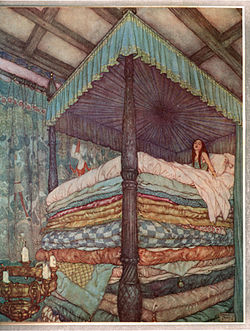
The Princess And The Pea
"The Princess and the Pea" is a classic fairy tale believed to have originated in the oral storytelling traditions of Scandinavia. Danish author Hans Christian Andersen first published the story in 1835 as part of his collection "Eventyr, fortalte for Børn" ("Fairy Tales Told for Children"), and it has since become one of his most famous and enduring works.
The oral tradition of storytelling was prevalent in the pre-modern era, as it was a primary means of entertainment and preserving cultural values. Stories were passed down through generations, often evolving and adapting to local customs and values.
When Andersen incorporated "The Princess and the Pea" into his collection of fairy tales, he helped to immortalize the story and its themes.
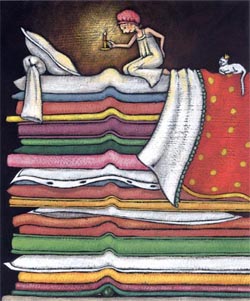
The Princess And The Pea
The Story
The story follows a prince who is searching for a suitable princess to marry. Despite visiting many kingdoms, he is unable to find a princess who meets his high expectations. One stormy night, a young woman arrives at the castle, claiming to be a princess. She is drenched from the rain and appears disheveled, but she insists on her royal lineage.
The prince's mother, the queen, decides to test the young woman's claim. She places a single pea under twenty mattresses and twenty featherbeds, and the alleged princess is given this bed to sleep on. In the morning, the queen asks her how she slept.
The young woman complains that she could hardly sleep at all because there was something hard in the bed that caused her discomfort throughout the night.
The queen concludes that the young woman must be a true princess, as only someone of royal blood could be sensitive enough to feel a small pea through so many layers of bedding.
The prince, satisfied with this proof, proposes to the princess, and they marry.
Another Example of a Princess Fairy Tale
One such example is a Swedish folktale called "Princess Who Lay on Seven Peas," where a princess is tested for her sensitivity by sleeping on seven peas placed beneath seven mattresses. This folktale shares the central theme of testing a princess's sensitivity, but the Danish author's version has the iconic element of a single pea under numerous mattresses and featherbeds.
The fairy tale has been interpreted in various ways over the years, with themes of sensitivity, discernment, and authenticity often highlighted. It has inspired numerous adaptations, including films, plays, and musicals, and remains a beloved story for children and adults alike.
The tale's popularity grew rapidly, and it became one of his most beloved and enduring works, making its way into the hearts of generations of children and adults.
The story remains an integral part of the world's fairy tale and folklore heritage, and its continued popularity and numerous adaptations are a testament to the enduring appeal of its narrative and the significance of oral folklore in shaping our cultural heritage.
The oral tradition of storytelling was prevalent in the pre-modern era, as it was a primary means of entertainment and preserving cultural values. Stories were passed down through generations, often evolving and adapting to local customs and values.
When Andersen incorporated "The Princess and the Pea" into his collection of fairy tales, he helped to immortalize the story and its themes.
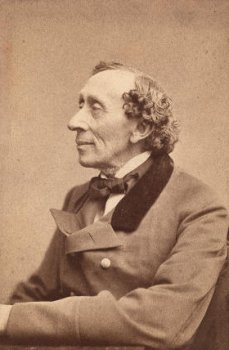
"The Princess and the Pea" is a classic fairy tale believed to have originated in the oral storytelling traditions of Scandinavia.
Andersen himself mentioned that he had heard the story during his childhood, suggesting that it had circulated orally before he put it into writing.
Danish author Hans Christian Andersen first published "Prinsessen paa Ærten," and it became part of his collection "Eventyr, fortalte for Børn" ("Fairy Tales Told for Children"). Similar stories have been found in the folklore of Sweden and Norway, which may have influenced Andersen's rendition of the tale.
The story remains an integral part of the world's fairy tale and folklore heritage, and its continued popularity and numerous adaptations are a testament to the enduring appeal of its narrative and the significance of oral folklore in shaping our cultural heritage.
You can read more about Fairy Tales here.
You can see our list of 24 different Fairy Tales here.
Fairy Product of the Month
Design your own miniature fairy garden with this Fairy Garden Kit
CLICK HERE for more information and best price!
Recent Articles
-
Sirens in Greek Mythology - luring sailors to their death with songs!
Jul 08, 25 10:56 AM
Sirens in Greek Mythology - How do mermaids and sirens fit together in Greek mythology? Find out here! -
Who Was Lewis Carroll? The life and history of Alice's author!
Jul 08, 25 08:30 AM
Who Was Lewis Carroll? Read about the life, history and career of the author of Alice in Wonderland and other tales. -
The Mad Hatters Tea Party. Read about Alice and the unusual tea party
Jul 08, 25 06:53 AM
The Mad Hatters Tea Party. At the heart of Alice's adventures is the unusual tea party hosted by the Mad Hatter!
